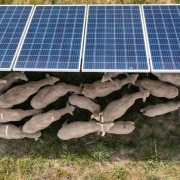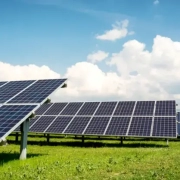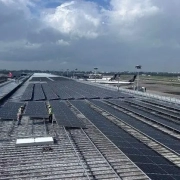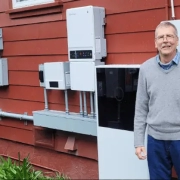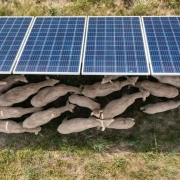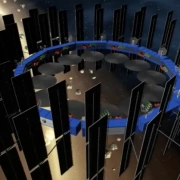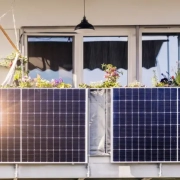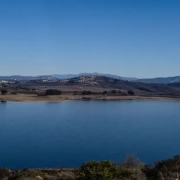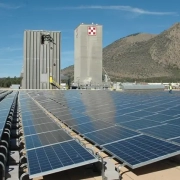The Colorado River has been a source of power, growth, and dispute in the southwestern United States since its waters were first diverted by European settlers in the early 1800s. Over the last two decades, increasing temperatures, urban growth, and a lengthy drought have contributed to rising tensions between the river’s stewards and those who hold rights to water withdrawals. The river’s two largest reservoirs, Lake Powell and Lake Mead, hit historic lows in 2021 and again in 2022, spurring a decision to renegotiate the Colorado River Compact of 1922 to prevent the reservoirs from reaching “dead pool”—the level at which their waters no longer flow downstream and their dams can no longer produce electricity.
The compact, or agreement, establishes water allotments for the seven “basin” states—Colorado, New Mexico, Utah, Wyoming, California, Nevada, and Arizona—that rely on the river, as well as for 30 federally-recognized tribal nations and Mexico. In May of 2023, the most recent round of negotiations concluded with guidelines for water management through 2026. The resulting agreement saw the river’s Lower Basin states, Arizona, California, and Nevada, volunteer to cut their withdrawals by an aggregate 3 million acre-feet of water. These cuts promise to secure potable water for 40 million people, maintain electricity production in the two reservoirs, and send ripples through the region’s thirstiest industry, agriculture.
Click here to read the full article
Source: EESI
—
If you have any questions or thoughts about the topic, feel free to contact us here or leave a comment below.

